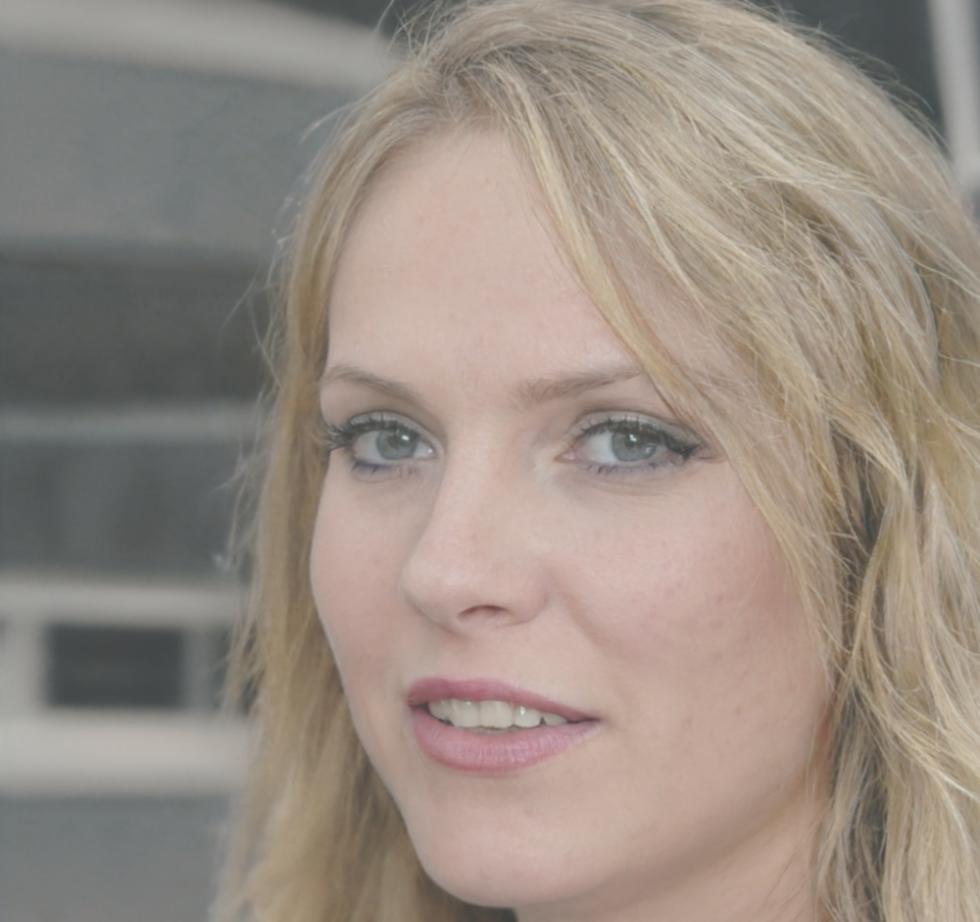
Marcus Tran
Small Business OwnerRan a coffee shop for three years without really understanding his numbers. Took our fundamentals course in early 2024 and realized he'd been losing money on his most popular items. Fixed his pricing, reworked his menu. Now he actually knows what's happening with his business.


